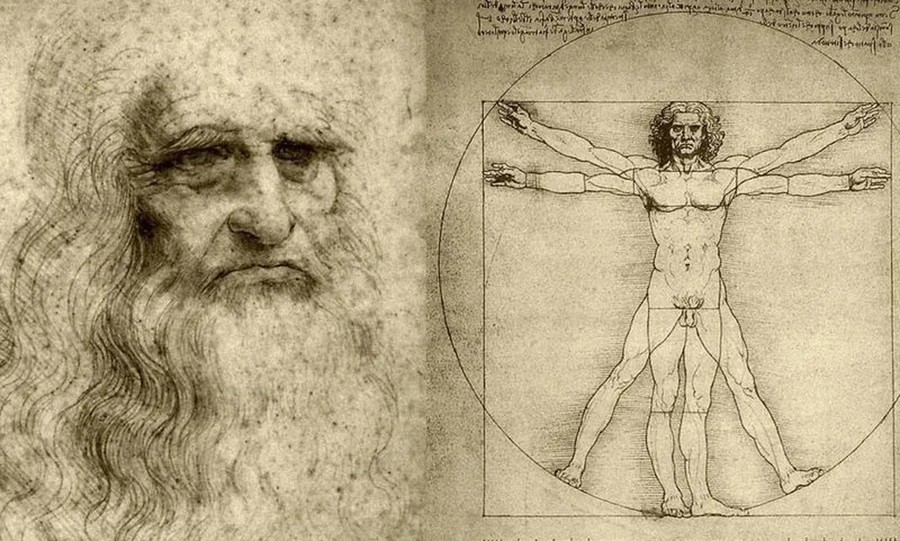A joint Egyptian-American archaeological expedition has uncovered a royal tomb from the Second Intermediate Period (1700–1550 BCE) in the necropolis of Mount Anubis, shedding new light on an enigmatic chapter of ancient Egyptian history.
A Sacred Mountain and Its Hidden Secrets
Mount Anubis, a pyramid-shaped peak rising from the desert cliffs of Abydos, is located in Sohag Governorate, central Egypt. The mountain held deep religious and symbolic significance, serving as a focal point of Senusret III’s mortuary complex. Senusret III, one of the most powerful rulers of the 12th Dynasty of the Middle Kingdom (1878–1839 BCE), chose Abydos as a key burial site, reinforcing its status as a sacred landscape.
A Royal Tomb from a Forgotten Dynasty
The Abydos Dynasty, a short-lived ruling house that controlled parts of Middle and Upper Egypt during the Second Intermediate Period, selected this site as their necropolis.
According to a recent statement from Egypt’s Ministry of Tourism and Antiquities, excavations within the necropolis led to the discovery of a royal tomb belonging to an unknown pharaoh. The burial chamber, constructed from limestone, was covered with vaulted mudbrick structures, a distinctive architectural feature of the era.
What Lies Within the Tomb?
The five-meter-high tomb lies at a depth of seven meters and features inscriptions on both sides of the entrance dedicated to Isis and Nephthys, two prominent deities of ancient Egypt.
Inside the burial mound, archaeologists found traces of yellow-painted inscriptions, which may have once displayed the name of the deceased in hieroglyphics. However, due to significant erosion, only a few patterns and fragments of text have survived.
Parallels to Previous Discoveries
Dr. Joseph Wagner, the head of the archaeological team from the University of Pennsylvania, noted striking similarities between this tomb’s architecture and decorative style and that of King Seneb, a ruler from the Second Intermediate Period. Dr. Wagner had previously unearthed Seneb’s tomb in southern Abydos in 2014.
Dr. Mohamed Ismail Khaled, Secretary-General of Egypt’s Supreme Council of Antiquities, emphasized the tomb’s importance, stating:
"This burial site provides new evidence about royal funerary practices in the region while offering profound insights into the complex political landscape of the period."
The discovery not only enriches our understanding of ancient Egyptian burial customs but also opens new avenues for research into the mysteries of the Abydos Dynasty and its forgotten rulers.







